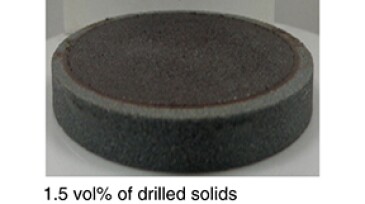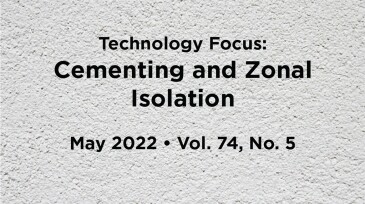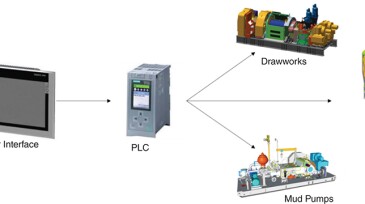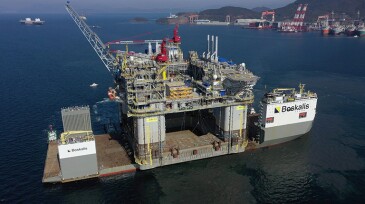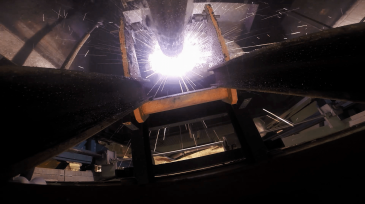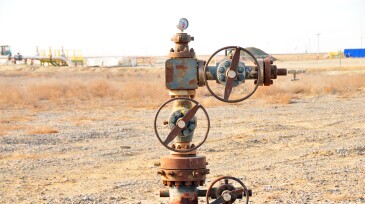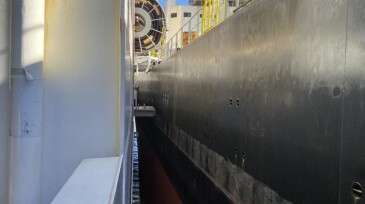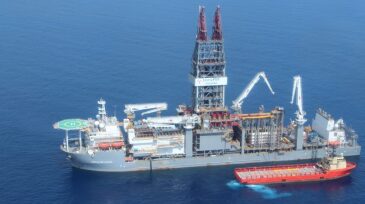Drilling
This study identifies critical knowledge gaps in wellbore integrity and underscores areas that require further investigation, providing insights into how wellbores must evolve to meet the technical demands of the energy transition.
This study illustrates the new capabilities, tailored for CO₂ storage applications, of a modeling framework that provides a quantitative, risk-based assessment of the long-term integrity of legacy plugged and abandoned wells.
Two critical facets of the discipline of well control and wellbore integrity—decarbonization and groundbreaking automation of essential processes—are highlighted in the three primary paper selections presented at SPE and SPE-affiliated conferences during the past year.
-
This paper discusses the results of extensive laboratory tests used for the customization of a reservoir drill-in fluid and a delayed breaker—and their field performance—for two deepwater gas-injector wells.
-
In the October 2021 issue of JPT, incoming SPE President Kamel Ben-Naceur discussed the importance of collaboration in solving technical problems quickly and efficiently. Three of the papers selected in this section are from collaborations between multiple companies pooling their expertise and resources to develop solutions for complex problems that could not be addre…
-
This paper presents a screenout-classification system based on Gaussian hidden Markov models that predicts screenouts and provides early warning.
-
This paper discusses the results of driller stress tests and the implementation of a system that assists the operator in kick detection, space out, and preparation for well shut-in.
-
The authors describe a laboratory method for measuring cement expansion that has been used to evaluate the total bulk volume change of cement based on curing in a dry environment and in water.
-
As the number of discoveries goes down and headwinds increase, the days of the US Gulf of Mexico megaproject could be numbered.
-
Founded in 2008, GA Drilling is developing plasma-based tools to achieve drilling speeds that are about three times faster than what conventional bit technology has historically achieved.
-
The DOI guidance explains how states can apply for the first $775 million in grant funding available this year under the Bipartisan Infrastructure Law to create jobs cleaning up polluted and unsafe orphaned oil and gas wellsites across the country.
-
The DS-16 is one of four Valaris rigs undergoing reactivation work for new drilling contracts.
-
Drillers are feeling good about higher oil prices, but only to a point.




